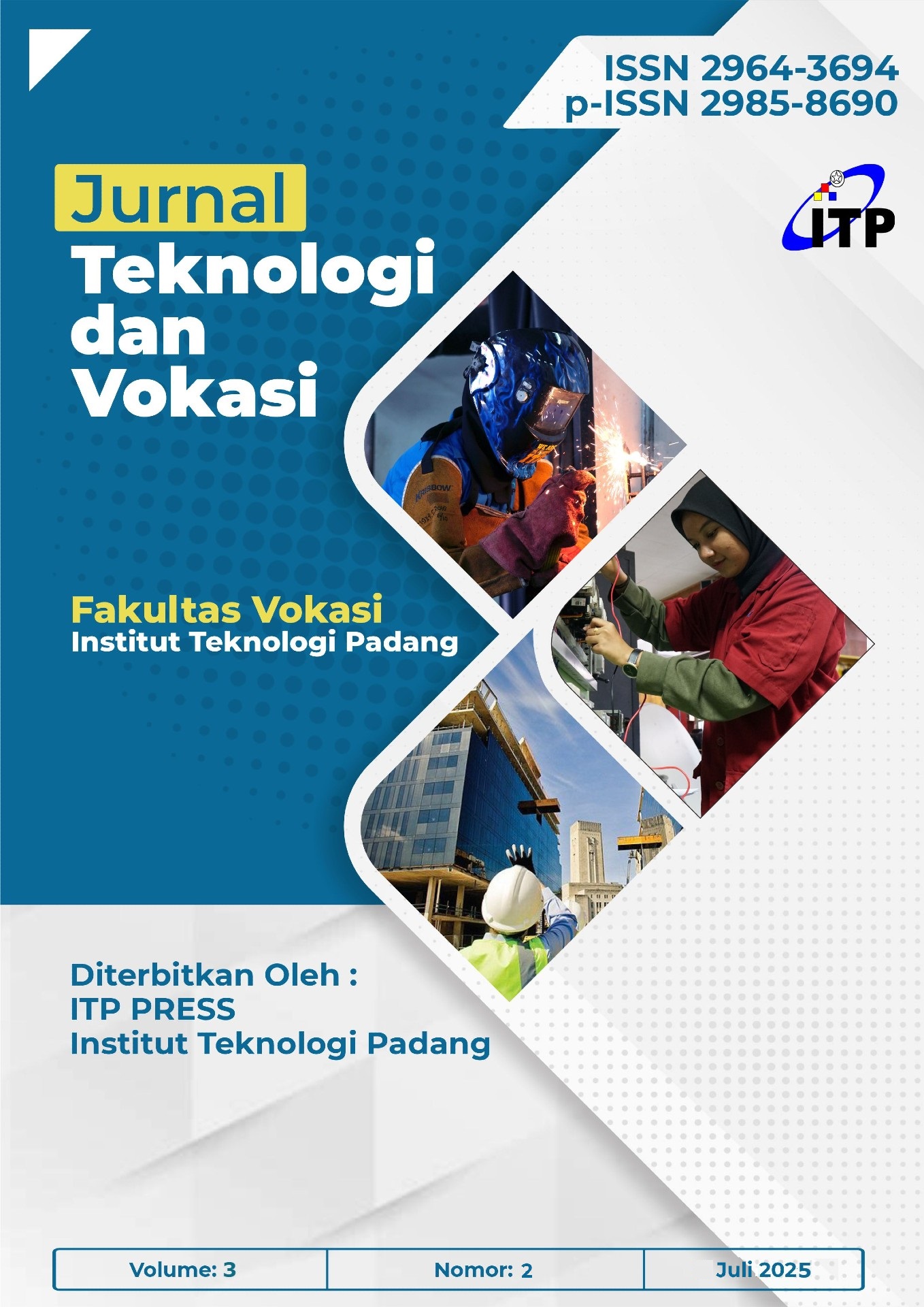ANALYSIS OF THE EFFECT OF GAS SEPARATOR SENSITIVITY ON ESP PUMP OPTIMIZATION IN HANDLING GAS LOCK IN GASSY WELLS USING PROSPER V11 SOFTWARE SIMULATOR
DOI:
https://doi.org/10.21063/jtv.2025.3.2.195-203Abstract
Gas lock is defined as a fluid flow problem where the flow is blocked by a gas phase, inhibiting the production flow rate. This occurs due to the release of free gas in oil with a high gas-oil ratio (GOR). This condition arises when the pump intake pressure (PIP) or fluid over pump (FOP) is lower than the bubble point pressure (Pb) of the oil. Initial indications of free gas formation can be observed from erratic amp-chart readings, high annulus pressure, and the pump operating below its efficiency. To address gas lock issues in ESP pumps, additional equipment such as a gas separator can be installed below the surface, and PIP should be maintained above the Pb. The installation of a gas separator in the pump helps reduce the entry of free gas into the pump, while free gas is discharged into the annulus casing. In this thesis, the researcher uses a case study on a producing well with high GOR values of 100 mscf/day, a design rate of 850 BFPD, and a pump intake pressure (PIP) higher than the well's bubble point pressure (Pb) at 150 psi. Based on data processing using Prosper V11 software, the ESP pump in well Y was replaced from a REDA DN1300 to a REDA DN1100, resulting in a gas separator sensitivity value of 89%. The best pump efficiency achieved was 62%, and the optimal production rate obtained was 1330 RB/day.
Downloads
Downloads
Published
Issue
Section
License
Copyright (c) 2025 ITP Press

This work is licensed under a Creative Commons Attribution-ShareAlike 4.0 International License.











